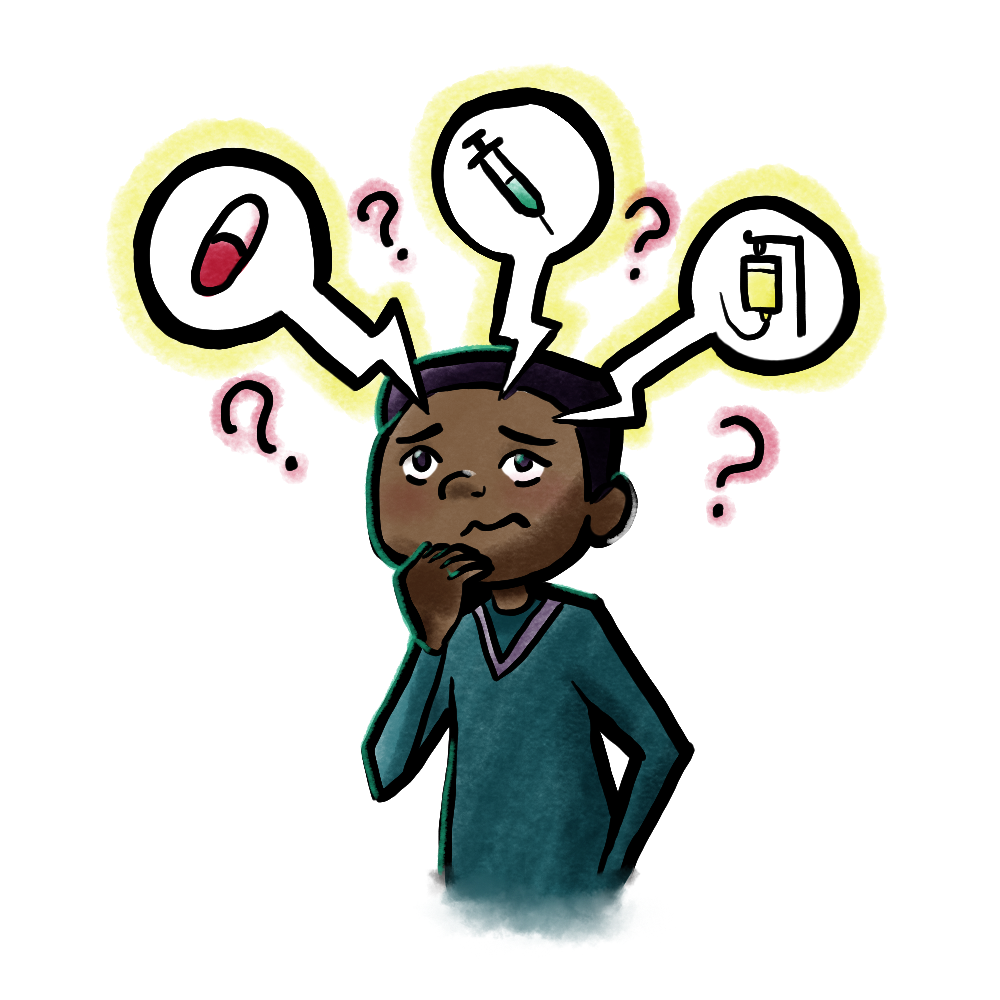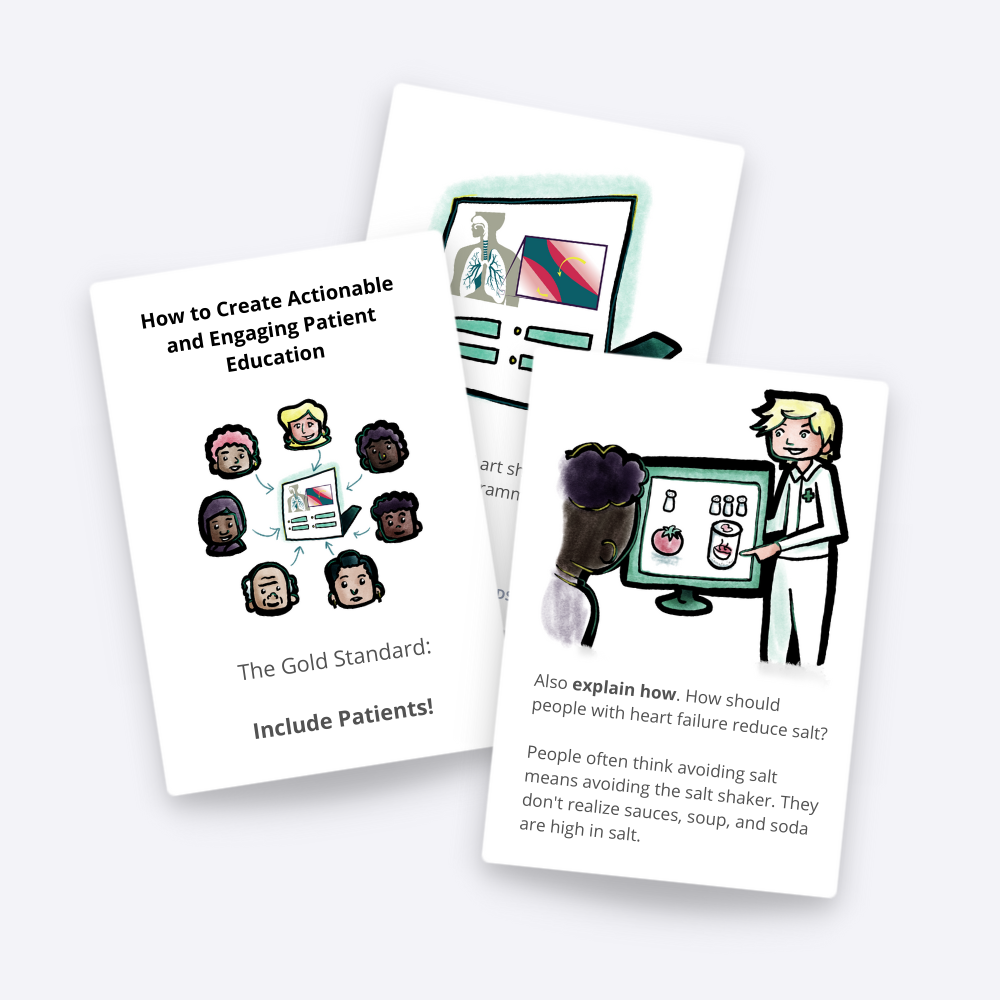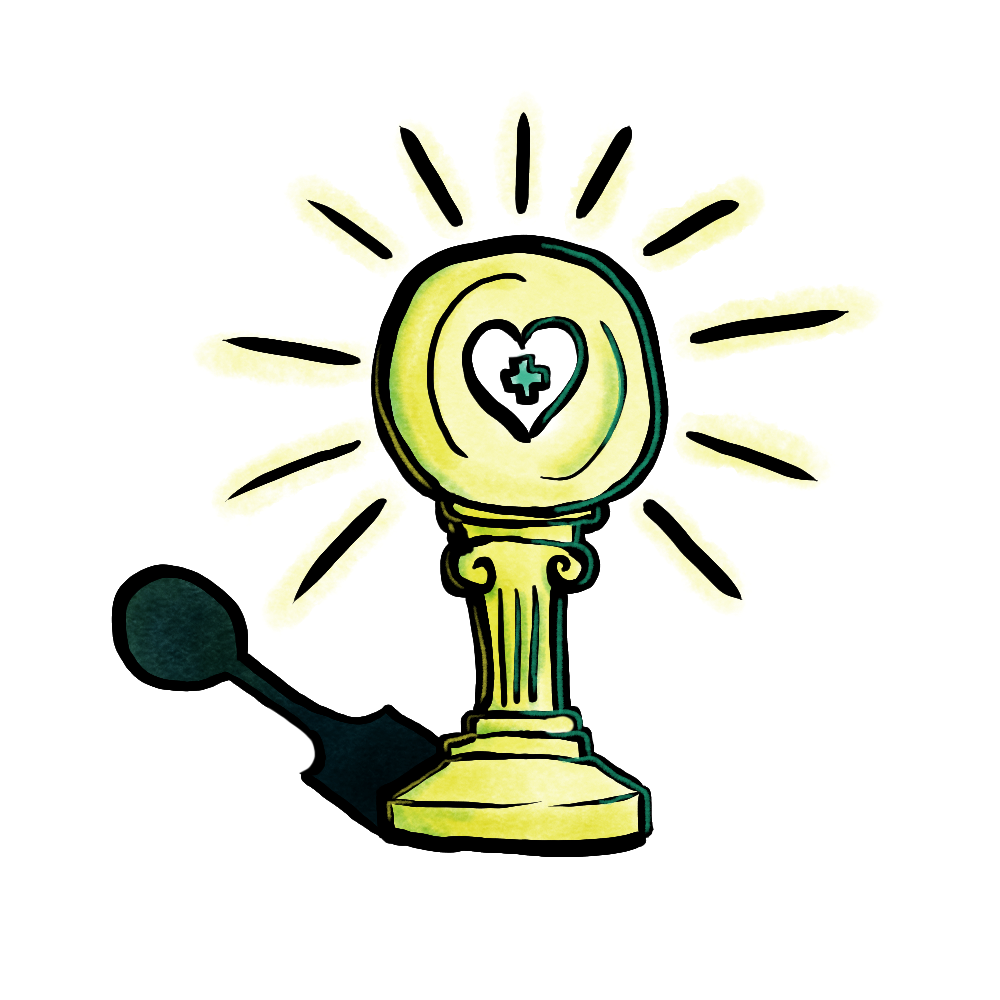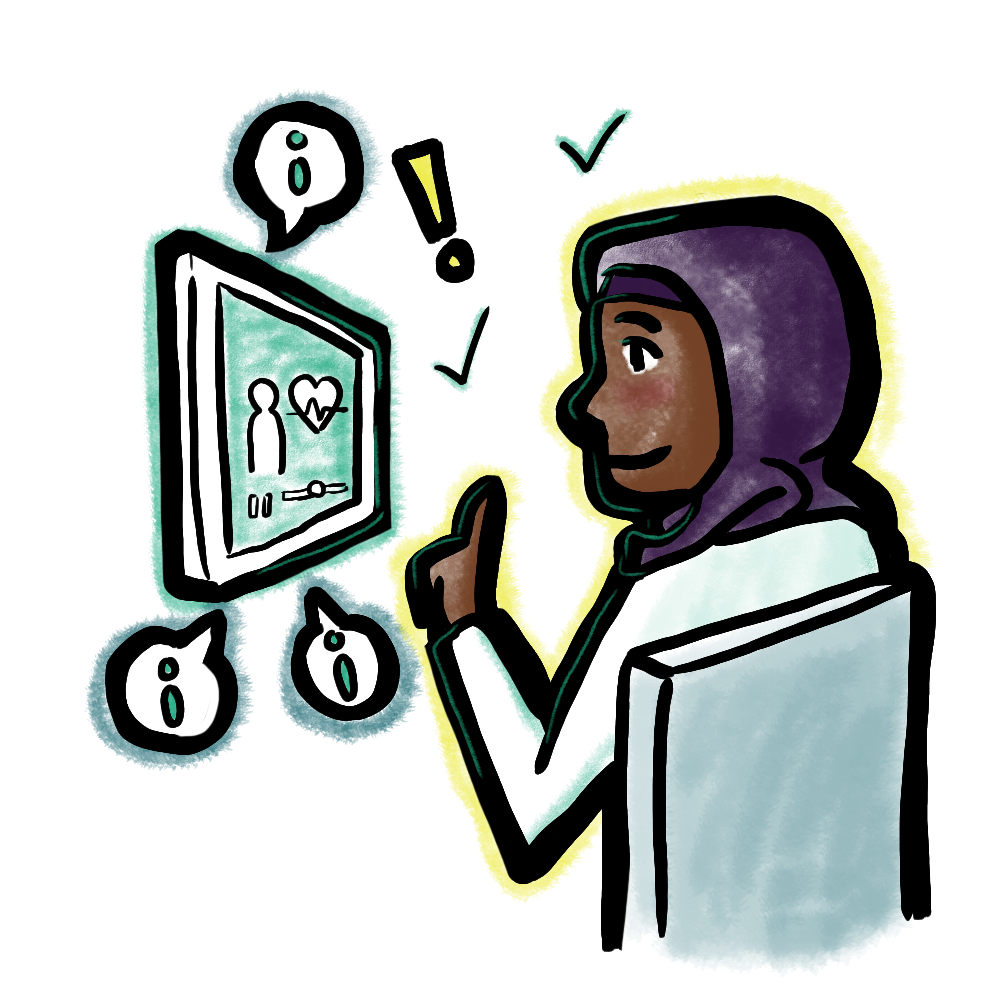
Did you know that up to a third of U.S. adults experience low health literacy, which makes it difficult for them to process and act on health information? Health literacy has been an underestimated problem during the COVID-19 pandemic – people have struggled to find, understand and more importantly use trustworthy evidence-based science and health message related to the pandemic. An infodemic of information and misinformation around COVID-19 has made this problem worse. Scientists, clinicians, and science and health communicators have pumped out a lot of valuable information about COVID-19, infectious diseases, the immune system, vaccines, epidemiology, virology and more this year… but a lot of that information hasn’t been accessible and actionable for broad audiences.
But the research and practice of health literacy can help. Health literate materials are clear, use plain language, are actionable, are culturally and personally relevant. They use visuals, tell stories and demonstrate how people can put the information they learn into action. They take into account barriers to action that people may be facing, from psychological stress to feelings of low self-efficacy to physical or language barriers.
Health literacy is such an important concept that we’ve just worked with Geri Baumblatt, an expert in this area, to create a Lifeology course to help you understand the basics. This new Lifeology SciComm Program course helps you to put health literacy into action through in own science and health communication efforts!
View the course below and hear from Geri and science artist Gaius Augustus about the making of the course!

Hear From The Author
by Geri Baumblatt
So much of our healthcare relies on clear communication and understanding. We know that people forget or misremember much of what we tell them — so resources to support what they need to understand and do are essential for them, and for their family members and care partners who often can’t be present during a visit. Pain, feeling ill, and being stressed add to the burden on our ability to focus, pay attention, and absorb information. And interpersonal dynamics also make it difficult for patients to feel comfortable asking questions or confirming if patients understand. It’s easy to see why the need for clear resources patients and families can review at home is critical.
Designing these in partnership with patients is essential to ensure we meet their informational and emotional needs. What do they need to do? why and how do they need to do it? Essentially, have we clarified why it’s important? Have we considered if it’s possible for them to do it? And do they feel it’s safe to take a medication or do a certain activity? All of these need to come together to ensure everything makes sense for people and they feel safe and cared for and understand their role. Design, communication, and health literacy best practices all play a role – but only patients can tell us what matters to them and if a resource is meeting them where they are.

Q: What was the experience/challenges of writing it in this format?
While the card format for a Lifeology course is limiting in terms of space – it forces people to be succinct and think about how to focus the message on each card and how the art can support that message. When something didn’t fit on a card, it forced us to have a conversation about whether it should be additional cards or whether we should pull back and focus the message more. The simplicity of the card deck also made it easy to review and make edits without it being onerous.
Q: What did you learn working with the artist on this course?
Working with an artist who has his own ongoing experience as a patient definitely added a level of empathy and warmth to the discussions and to the art itself. We were able to hone in on a style and play with themes in the art, like growth. Because most of the art wasn’t medical, having someone with the lived patient experience helped to ground the conversations about these more nuanced, interpersonal art depicting clinician and patient interactions. The watercolor style we honed in on helped us avoid it looking too much like a cartoon or caricatures of anyone. And I think it demonstrates how a different style can really create a less clinical look and feel that still feels professional.

Hear From The Artist
by Gaius Augustus
Since I first started my gender transition, I’ve been an active member of my trans* community. I had a lot of day-to-day frustrations that my community echoed back, letting me know that those frustrations were not uncommon. And one of those issues is extremely pertinent to the Health Literacy course I illustrated.
There were two fundamental problems with dealing with the medical community as a transitioning trans*person. First, the medical community is frustratingly naive to trans* care, which is absolutely a problem. But that contributes to an even bigger problem, in that people in the trans* community, who often struggle to get proper healthcare, don’t get the information they need.
This is where creating good resources to improve health literacy comes in. Everyone, but especially people in marginalized communities, needs information to make health decisions easier. And those resources need to be respectful of and relevant to the communities they are created for.
I was really happy to be able to create illustrations for this really amazing course! There is so much good information packed in. It was incredible to work with an expert in the field to create a course around something so critical for every patient (which just means everyone, right?).
I chose a limited palette for this course, using green for medical, red for negativity, and yellow for empowerment. My goal was to keep it simple, just be there to support the text. Unlike my other courses, which were heavily story-driven, this course was information-driven. And because part of that information is about visual communication, it was important to use the principles being laid out in the course.
A core belief of my science communication is that visuals are an essential ingredient. A multimedia approach only improves communication, making them more engaging and accessible. It was genuinely a pleasure to be able to provide a visual aspect to this course.




